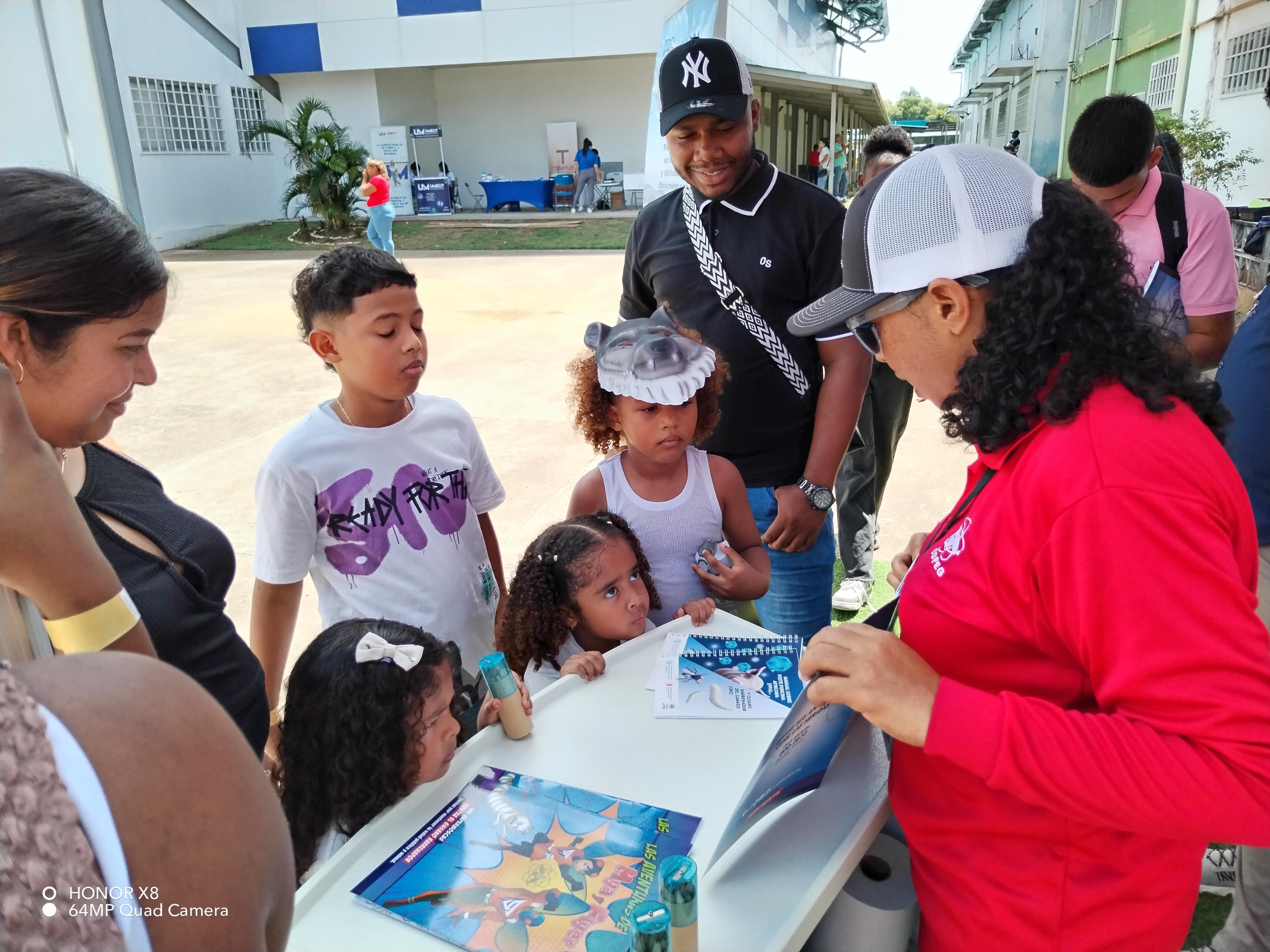Dr Carlos Moreno, General Director of the Panama-United States Commission for the Eradication and Prevention of Screwworm
NWS is a transboundary disease caused by infestation by the larval stage of the Cochliomyia hominivorax fly. This insect, at sexual maturity, seeks out warm-blooded animals with exposed wounds to lay its eggs. When these eggs hatch, the larvae feed on the secretions of the living tissue, destroying it as they grow. This damage, generated during the larval stage, is known as myiasis, and is the typical manifestation of NWS infestation.
At the production level, infestations in animals intended for milk or meat production cause discomfort, restlessness and inappetence. This affects the animals’ ability to feed properly, which can lead to weight loss and reduced production yields. In the case of companion animals there are also consequences as the disease does not discriminate between pets and production animals and can generate additional costs in treatments, use of larvicides and veterinary care.
On the other hand, although to a lesser extent, the disease can affect humans, and some cases have already been reported in the region. This places the disease within the ‘One Health’ approach, as it involves environmental, human and animal health factors.
The distribution of the disease varies across the Americas. South America has historically been endemic, unlike Central America, which has been free since 2001 following a massive eradication campaign from the north of the continent to the Panama-Colombia border. In Panama, specifically in the province of Darien, a biological barrier was established through the production of the sterile insect at the COPEG plant, a global reference centre for this disease endorsed by WOAH.
However, in 2022, cases began to appear abruptly around the province of Darien. Subsequently, in July 2023, an emergency was declared. In October of the same year, cases were reported in Costa Rica, in March 2024 in Nicaragua and in September of this year in Honduras. The main animals affected are bovines, followed by canines, pigs and equines. In addition, human cases have been reported in different countries, although the likelihood is low.
We are currently facing different challenges that could have influenced the resurgence of the disease such as climate change. This aspect highlights the importance of the environmental component within the ‘One Health’ approach as changes in temperatures create the conditions not only for NWS, but also for other diseases such as rabies, which are normally found in wildlife. These changes and others allow diseases to move closer to livestock production areas and people.
In addition, regional factors such as increased livestock densities, trade routes, and the migration crisis can be considered risk factors. The natural evolution of insects, which mutate and adapt over time, is another factor that could be contributing to the spread of the disease.
On the other hand, we are still dealing with the consequences of the COVID-19 pandemic. The confinement affected, in one way or another, the entire logistical supply chain of materials used in the plants to produce the sterile insect, as well as its distribution. The pandemic also had an impact on animal health systems in the region, reducing the operability of checkpoints and necessary inspections.
Animal health systems not only in the Americas, but globally, have the need, the duty, and the responsibility to improve in the face of the changes we are experiencing worldwide. The technological tools available today, such as artificial intelligence and digital access to information, must be better harnessed to perform accurate analyses of disease behaviour and provide rapid responses to unexpected changes. This is a unique window of opportunity for animal health systems to make that quantum leap and establish better controls on animal movements.
It is also important to train veterinarians, technicians and paraprofessionals in the agricultural sector, who for many years failed to deal with cases of NWS in the center of the continent. This lack of experience was one of the determining factors for the rapid spread of the disease when it resurged, as the lack of knowledge challenged the implementation of rapid containment measures.
It is also essential to promote preventive measures and good production practices. Technicians must be able to advise and transmit this knowledge both to producers and rural communities with difficult access, as this is a disease that moves indiscriminately through any part of the territory, seeking to continue its biological cycle. Central America has many vulnerable areas that are difficult to access, which poses a challenge when it comes to disseminating messages. A solid communication strategy with language adapted to different audiences is key to raising awareness of the situation and ensuring the implementation of preventive measures or rapid response to cases as they occur.
The important thing is to interrupt the biological cycle to reduce the number of cases and, with the help of the sterile insect, to work towards a new eradication.
COPEG plays a key role in the control of NWS as it is the only establishment in the world that produces and disperses sterile insects. This dispersal is carried out aerially and by means of new technologies, such as ground cameras, which support the insect’s spread in a more precise manner.
In addition, the center has been instrumental in fostering the exchange of knowledge with the different animal health services in both affected and non-affected countries. Currently, one of COPEG’s main tasks is to refresh and maintain training programmes to incorporate technicians with the necessary knowledge in the different countries, in addition to strengthening disease management strategies.
Thus, COPEG collaborates in the establishment of joint epidemiological surveillance strategies with the Veterinary Services of the region, ensuring a coordinated and effective response to the disease.
One of the main lessons learned is that we should not underestimate this disease, as well as many others. It is essential to maintain continuous education, adequate preventive measures and to be aware that diseases can change at any time, generating emergencies and forcing us to respond quickly. The effectiveness of that response depends mainly on our technical and financial capacity and on having the necessary resources to contain the disease early and control its spread.
At this point in time, COPEG aims to control and eradicate this disease in Central America. While this is a major challenge that will take several years, we are confident that, with a coordinated approach, it will be successfully achieved.

